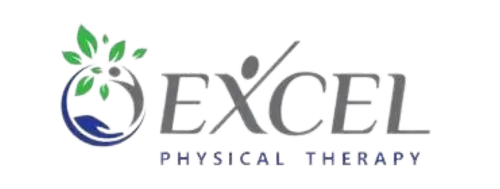Drugs are very good at getting rid of pain, but they often have unpleasant, and even serious, side effects when used for a long time. If you have back pain, fibromyalgia, arthritis, or other chronic pain that interferes with your daily life, you may be looking for a way to relieve discomfort that doesn’t involve drugs. Some age-old techniques– including meditation and yoga, as well as newer variations may help reduce your need for pain medication.
Research suggests that because pain involves both the body and the mind, mind-body therapies may have the capacity to alleviate pain by changing the way you perceive it. If you’ve been in pain for a while, your brain may have rewired itself to perceive pain signals even after the signals aren’t being sent anymore. To prepare for any chronic pain coping technique, it is important to learn how to use focus and deep breathing to relax the body. Learning to relax takes practice, especially when you are in pain, but it is worth it to be able to release muscle tension throughout the body and start to remove attention from the pain
The following techniques can help you take your mind off the pain and may help to override established pain signals.
Deep Breathing. It’s central to all the techniques, so deep breathing is the one to learn. To help you focus, you can use a word or phrase to guide you. There are also several apps for smartphones and tablets that use sound and images to help you maintain breathing rhythms.
An antidote to the stress response, which pumps up heart rate and puts the body’s systems on high alert, the relaxation response turns down your body’s reactions. After closing your eyes and relaxing all your muscles, concentrate on deep breathing. When thoughts break through, say “refresh,” and return to the breathing repetition. Begin deep breathing, paying attention to each breath. If you find your mind wandering, say “refresh,” and call the image back into focus.
Mindfulness. Pick any activity you enjoy– reading poetry, walking in gardening, nature, or cooking– and become fully immersed in it. Practice bringing mindfulness to all aspects of your life.
Yoga These mind-body exercises incorporate breath control, meditation, and movements to stretch and strengthen muscles. Apps and videos can help you get started. Your health insurance may subsidize the cost if you enroll in a yoga or tai chi class at a gym or health club.
Positive Imagination. When we’re ill, we often tend to become fixated on what we aren’t able to do. Retraining your focus on what you can do instead of what you can’t, will give you a more accurate view of yourself and the world at large Use your mind’s eye to project yourself forward or backward in time to when you are pain-free or experiencing much less pain.
Some of these techniques are probably best learned with the help of a professional, and it usually takes practice for these techniques to become effective in helping alleviate chronic pain. It is often advisable to work on pain coping strategies for about 30 minutes 3 times a week. With practice, you will find that the relaxation and chronic pain control become stronger and last longer after you are done.
Sometimes, after you are good at using the techniques, you can produce chronic pain relief and relaxation with just a few deep breaths. You can then start to use these techniques while you are engaged in any activity, working, talking, etc. With enough experience, you will begin to feel a greater sense of control over the chronic pain and its effects on your life.
To learn more about pain eliminating techniques visit our comprehensive Pain Education section on our site. And, don’t forget: “Yes, You Can!”
Easy Ways to Relieve Pain
Easy Ways to Relieve Pain
March 25, 2017



